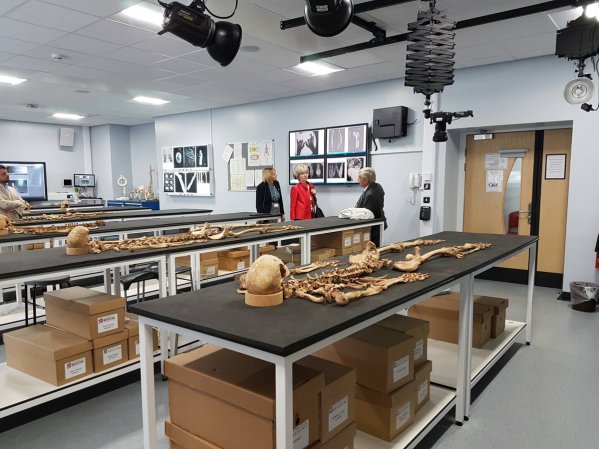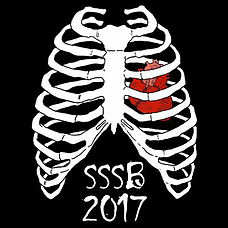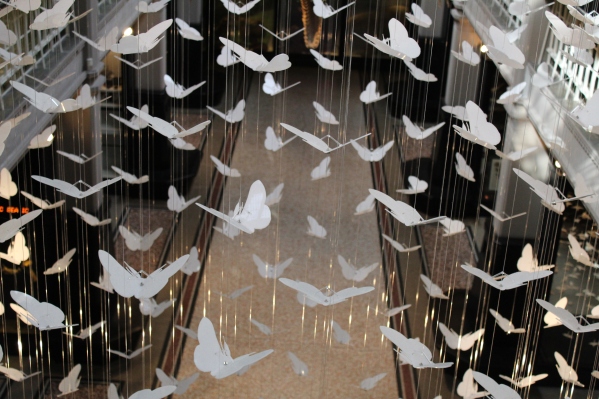Apologies this blog has been on hiatus for a while now. My PhD took over slightly and I rarely found the motivation to write a new post. It’s a shame because I’ve done some cool things since last September and haven’t shared them.
So what have I been up to since September? Well here’s a quick run through of of the last 6 months or so.
Once the data had all been collected it was time to start analysing and producing some results! I’m not going to lie this was really tough at times and I had to get my head around various statistics – something I hadn’t really thought I’d be doing again after I’d completed my undergrad. But I did it and I’m pretty happy with the results! I’ll tell you about them some point in the future, once I’ve presented them and they’re fully finished. Whilst creating the results I produced some rough drafts of my chapters, which I’m now working on, re-writing and editing in preparation for my thesis. Some days are pretty tough (and dull!) but it’s amazing to fell like I’m moving toward the end of this massive piece of work. I can firmly say that I can now see the light at the end of the tunnel .
So what else has been going on? Well there was the second SSSB conference, bringing together academics, museum staff and students who study death, anatomy and the the human skeleton. It was another successful conference with a variety of talks and projects from people across the country. Unfortunately I couldn’t be as involved as last year but I definitely enjoyed myself and met some really interesting people. If you’re interested I believe there’s now a podcast discussing themes around skeletons, stories and social bodies so check it out!
After this conference I went to America for my first big international conference : AAPA, the American association of physical anthropologists. It was a great experience meeting lots of new people presenting on all areas of physical anthropology. I also presented some of my work! It was well received and I got some supportive feedback, so that was lovely! It also gave me the opportunity to explore a place I had never been before : Austin, Texas. It’s a very cool city, very green with the Colorado river running through the centre. Probably the best part of seeing thousands of bats leave their roost under a nearby bridge to go and fed. It was an incredible sight – I’ve definitely never seen that many bats in once place and probably will never do again! I also took the opportunity to spend a few days in New York, which was pretty cool. I met my boyfriend there after the conference and spend a couple of days doing the tourist thing. America was an incredible experience. I got to see some great research and some amazing sites!
A few days after getting back from the US I attended a workshop on archives. This was organised through the CDP (collaborative doctoral partnership who awarded my PhD) and gave me the chance to meet some fellow CDP students. Not only, that but it also gave me the chance to share my experiences of working in archaeological archives and what researchers need to expect when working with collections. I think it was helpful, especially the first year students who may have not been into a collection yet. It was a good workshop and I even met the assistant curator of medicine at the Science Museum. These events are always good for networking!
After workshop I updated my museum access guides to include one for museum staff about what information may be useful to provide researchers who are entering their collections. Hopefully it helps!
So that’s about it. What I’ve been doing over the last 6+ months. Writing it all down actually shows how many different things I’ve been able to do! Definitely one of the best things of doing a PhD – the chance to experience a variety of things and to meet lots of interesting, new people.
Until next time!











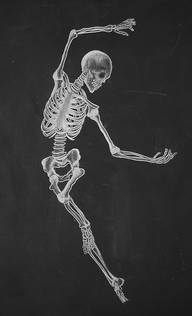
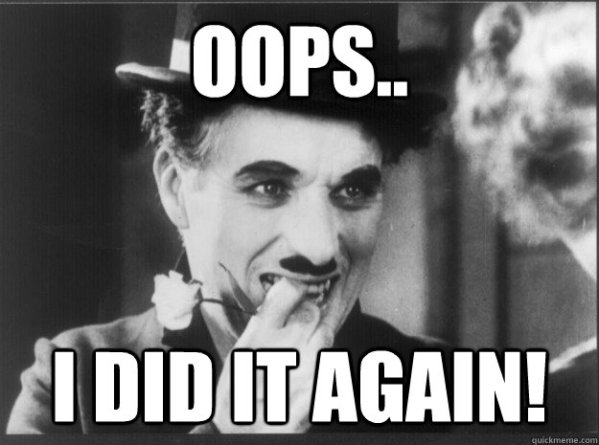 I’ve left it a while since writing a blog post! Sorry the PhD took over my life for a while there (a bit more than usual!).
I’ve left it a while since writing a blog post! Sorry the PhD took over my life for a while there (a bit more than usual!).